Note: This post contains affiliate links. Simply put, if you click on a product and make a purchase, we may make a small commission. This is at no extra cost to you. For more information, please see our disclaimer and privacy policy.
How the history of advent gives us a reason for the season
The hustle and bustle of Christmas time makes it difficult to slow down and focus on customs that make us think more deeply about the reason for the season. Learning about the history of Advent can lead us to old and new ways to observe the season.
What is the story behind Advent?
If the liturgical calendar seems like a confusing maze, you are not alone. Many Christians, including myself, have only a basic understanding. Adding to the confusion, not all Christian denominations observe the seasons of the liturgical calendar.
The churches that do observe the seasons have differences in how they do so.
In general, the Western Christian liturgical calendar begins with Advent followed by the seasons of Christmas, Time after Epiphany, Lent, Easter, and Time after Pentecost. The seasons include Feast Days, celebrations of Saints, and specific scriptural readings.
Advent refers to an arrival or coming, and in the Christian calendar it refers to preparation and celebration of the birth of Jesus (First Advent) and the anticipation of his return (Second Advent).
History of advent
In today’s Christian culture, Advent marks the four Sundays leading up to Christmas Day. The Christmas holiday as we know it – set on December 25 – originated from the 4th century when it appeared on a Roman calendar. Historians theorize that the date was set by Emperor Constantine.
Interestingly, no one really knows the full history of Advent, but many have tried to find it. As we explore the history of Advent, we’ll take a look at the traditions we practice today and learn how those started.
Some traditions fall away or we change them over the years. One old tradition is making a comeback – Fasting for Advent.
In olden times, Advent required fasting as recognition of the sacred preparation for Christ’s return, but that practice fell away as the “celebration” part of Christmas slowly took over. Some churches are calling for fasting to be part of Advent once again.
Christian leaders, like the late Thomas Turner of Baylor University, argue that Advent was meant to be sacred.
“It is no longer a prelude to a holy banquet, but a foretaste—like lavish appetizers—of a grand secular meal,” wrote Turner. “Lost is any sense of getting ready for the coming of the Lord, a preparation that should be equal to the Lenten preparation for Christ’s death and resurrection.
“Instead, the seasons of Advent and Christmas have become perpetual feasts not only on food but on material goods as well.”
Symbols of advent
We can choose many paths to observing Advent, but some of the more typical customs are Advent wreaths and candles, an Advent calendar, and a Jesse tree.
Download a free Advent activity calendar
Advent wreath
One of the better known symbols of the seasons, the advent wreath, resembles a crown. The circular form reminds us of the neverending love of God.
As far as we know, the Advent wreath started with German Lutherans in the 15th century.
Joanna Bogle, a British Catholic journalist, says the tradition comes from the “snowy parts of Europe” where in winter, people would replace wagon wheels with runners. “A cartwheel makes a strong base for a great Advent wreath, with four candles, one for each week,” writes Joanna in an article for The Catholic Answer, published by Our Sunday Visitor.
However, our modern Advent wreath doesn’t date back that far. Kathleen Manning, who teaches history at Loyola University Chicago, agrees with the historical findings of scholars who point to a 19th century Luthern pastor who created the Advent wreath as we know it today.
Johann Hinrich Wichern’s wreath, which was created out of an old cart wheel, featured red and white candles. Manning cautions us not to read too much into the colors, although they coincide with what we think of as Christmas colors. “They were not likely used because they were just what was available,” she writes in an article for U.S. Catholic magazine.
Manning, along with other historical sources, says the story goes like this. It was 1839 at a boy’s school that Wichern had established for impoverished boys in Hamburg. The boys kept bugging the pastor about when it would be Christmas.
Wichern purportedly creates the wreath using four large white candles with smaller red candles placed between. The boys were allowed to light a red candle each day of the week and the white candles on Sunday. When all the candles were lit, they could celebrate Christmas.
In the Catholic faith, it wasn’t until 1988 that bishops issued rites for the blessing of the Advent wreath and lighting of the candles, according to an article by Fr. Mark Boyer in U.S. Catholic magazine. He says that in 1990, Advent wreath blessings were included in the Catholic Household Blessings and Prayers.
“We pray as we light the candles of the wreath that our light may reflect the splendor of Christ and that the wreath and its light be a sign of Christ’s promise to bring us salvation,” Fr. Boyer says. Boyer has written 30 books on biblical and liturgical spirituality. In 2004, he founded the St. Francis of Assisi Parish in Nixa, Missouri.
Advent wreaths can be a do-it-yourself project or you can find inexpensive (but good quality) wreaths online. The Vermont Christmas Company is a good place to start to shop not only for wreaths but other fun Christmas items as well.
In their best-selling Advent wreath, a garland of evergreen surrounds a candle holder. Purple bows and pinecones are nestled in the greenery. Pinecones represent the new life given through the resurrection of Jesus.
The FORUP store sells a similar wreath that is several inches larger. Although the reviews on this wreath are few, the purchasers say to take the chance. In the reviews, you’ll see their photos and even a video along with comments.
Advent candle holder
If you plan to supply your own greenery, then all you need is the candle holder itself. Plus, not all advent wreaths need the greenery.
I’m partial to American-made pewter because what could be more Americana, right! Danforth Pewter offers a handcrafted pewter Advent candle holder that is sure to become an heirloom item in any home.
All of Danforth Pewter pieces are handmade by local artisans in their workshop in Middlebury, Vermont.
If you like the metal look, which seems to be so popular, here’s an Advent wreath featuring a Nativity scene stamped into the metal stand. It’s 7 inches in diameter.
The decorative Joy, Faith, Love, Hope Advent Wreath Candle Holder is made out of stone resin, but looks like a wooden piece. There’s also this 9-inch candle holder that features Baby Jesus in the manger along with barn animals.
This nativity scene advent candle holder in sand-colored dolomite resin features beautiful detailing in Ivory Lace.
Click on images to see more product information.
Advent candles
Most commonly, an Advent wreath or candle holder will have 4 candles. A candle is lit each of the four Sundays leading to Christmas. In the Old World, a red candle was lit on each of the 20 weekdays and the four white candles were lit on Sundays.
Nowadays, the four Sunday candles represent hope, joy, love, and peace. In the liturgical part of church services, a candle will be lit and readings will focus on one of the four topics.
The color of the candles depends on cultural and religious traditions. Overall, though, the main color of Advent is purple. However, many Protestant churches use a bright blue.
Here are some typical colors of Advent candles, although this can vary according to Christian and family traditions:
- 3 purple (penance) and 1 pink (rejoicing)
- 4 red – Old World, traditional German
- 6 candles: green (faith), blue (hope), gold (love), white (peace), purple (penance), and red (communion) – Orthodox tradition
- 4 blue (hope and expectation) – some Lutheran traditions and other Protestant churches
- 5 candles: 3 purple (hope, preparation, and joy); 1 pink (love); and white (the Christ Candle) – Anglican tradition
Jesse tree
In our multigenerational household, we’re going to add the Jesse tree Advent stories to our Christmas season traditions.
How about you? Has this been a tradition in your household? Let us know in the comment section at the end of this article.
The Jesse Tree was named based on the scripture in Isaiah 11. In verse 1 (ESV), it says: “A shoot will come up from the stump of Jesse; from his roots a Branch will bear fruit.” This chapter is a metaphorical description of the genealogy of the Messiah, which Christians view to be Jesus.
The Jesse Tree represents the family, prophecies, and events that lead to the birth of the Messiah. Jesse was the father of King David. Jesus descended from the line of David.
On each day of Advent, you’ll read a story about someone on the family tree of Jesus. Then you will hang an ornament on the Jesse tree to symbolize that story. You can turn this into a fun family DIY project or purchase resources to guide you through the family line.
Devotional books will guide you through the appropriate readings. You can make your own symbolic ornaments or purchase those.
A widely regarded devotional book for adults and children is The Advent Jesse Tree: Devotions for Children and Adults to Prepare for the Coming of the Christ Child at Christmas. This devotional book features 25 devotions for children and 25 devotions for adults.
The devotions trace the heritage of Jesus through stories of his family and the prophecies of the Old Testament. Each day has a symbol, such as a star or lamb, that you can use to create your own ornament.
Each devotion includes
- Scripture
- Story
- Commentary
- Questions to ask
- A prayer
- Song
If you prefer to follow along in a Catholic devotional, you can use The Jesse Tree: An Advent Devotion, with features such as:
- Daily scripture
- Devotional reflections
- Prayers
- References to the Catechism of the Catholic Church
For children, you might enjoy a more interactive devotional that comes with a pop-up Christmas tree and an Advent calendar with ornaments to hang on the tree.
Advent calendar
Now we come to my favorite – the Advent calendar. In the spirit of honesty, I like mine to have chocolate! Advent calendars come in so many styles that any of us can find a perfect match that suits us or our family.
Advent calendars for adults
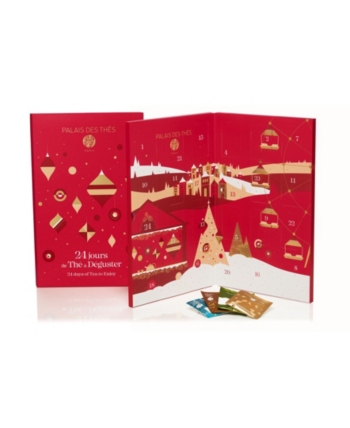
With the Palais des Thes Tea Advent Calendar, you can count down to Christmas with 1 tea bag a day!
Fizz your cares away with bath bombs with the Harper + Ari Bath Bomb Beauty Advent Calendar
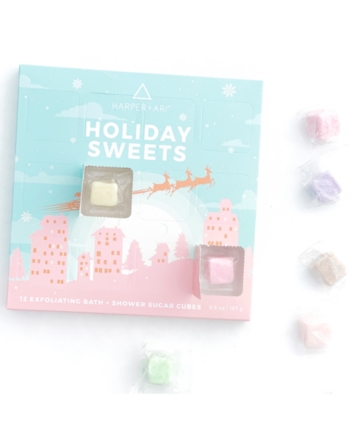

25 Days Of Beauty Advent Calendar was created exclusively for Macy’s
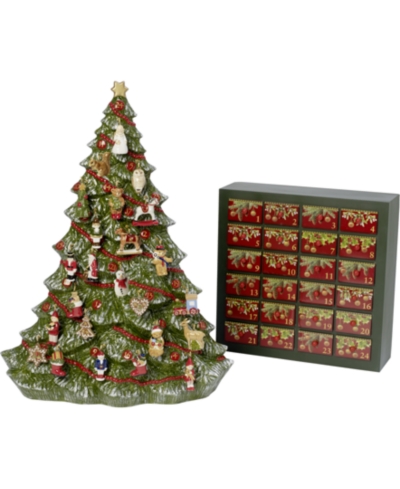
Villeroy & Boch Christmas Toys Memory Advent Calendar is a beautiful heirloom quality piece that can be handed down.
Advent calendars for families
Felt children’s activity sets are a childhood favorite of mine. How many of you went to Sunday school? I loved the felt Bible story sets. I would sit so still in Sunday school so that I could place baby Moses in his little basket among the reeds. Isn’t it funny how sweet memories can stick with us!
It’s no surprise that I found this Felt Christmas Advent Calendar from one of my favorite stores, Plow & Hearth. To place on a table, there’s the Peppermint Lane Advent Calendar with cute little doors painted in cheerful Christmas characters. You can put whatever you want in the drawers.
If you enjoy learning about traditions around the world, we have a great series of stories just for you.
Cultural Food Traditions You Don’t Want to Miss
Mourning Rituals Around the World
Why is advent important?
Advent is a pathway we can follow to find deeper meaning in the Christmas season. As we observe the season, our hearts and minds are focused on scripture and the hope, peace, love and joy of Jesus.
I grew up in a nondenominational church that preached against observing Advent or any of the seasons of the liturgical calendar. However, as I learn about and observe Advent, I’ve found a new sense of calm and purpose to the Christmas season.
Do you have Advent traditions? We’d love to hear about them in the Comment section below.

Teresa Trumbly Lamsam, Ph.D., is an accomplished Social Scientist and Journalist. Passionate about establishing credibility in the digital realm, she champions transparent and trustworthy online content. She is dedicated to producing content that sparks curiosity and nourishes the heart and mind.


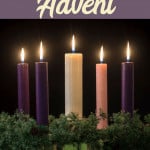








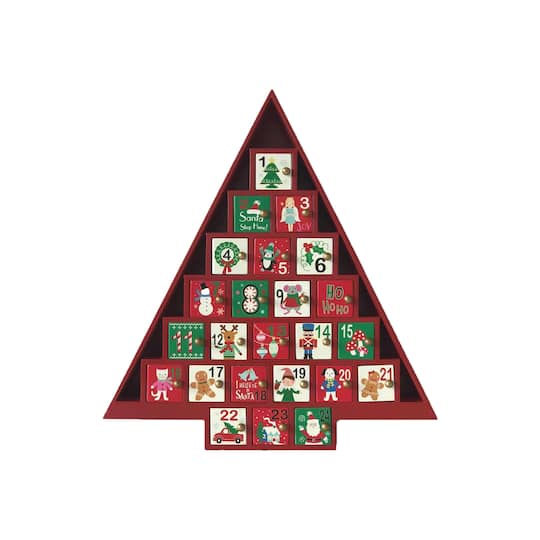


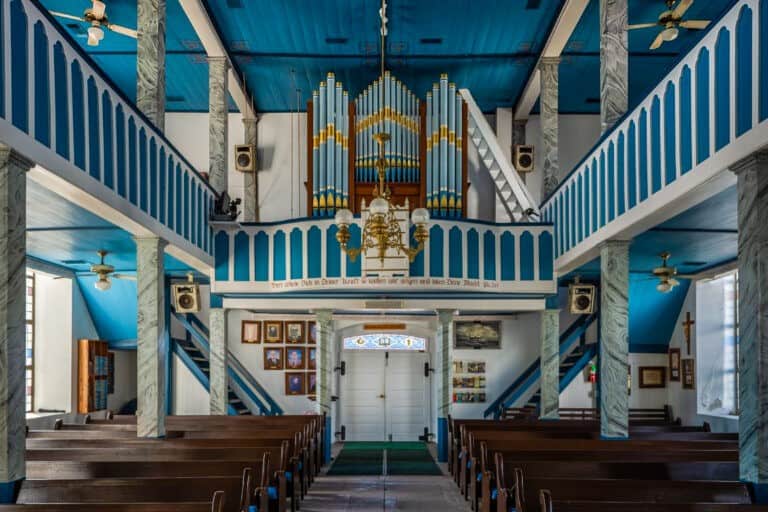

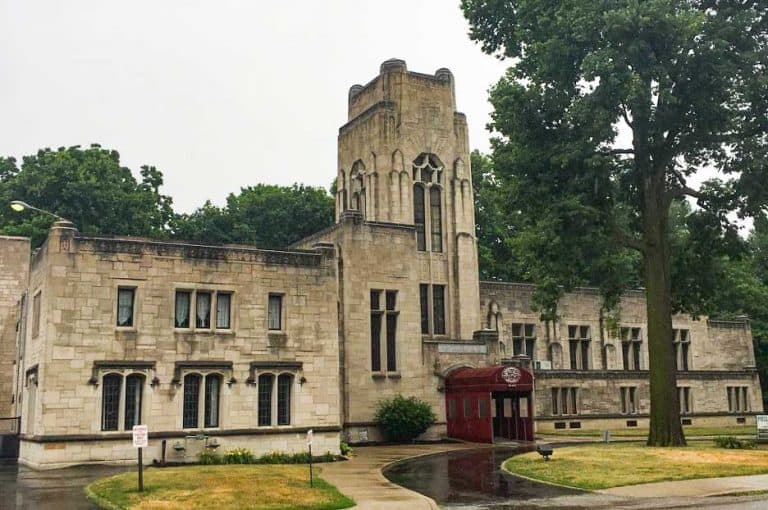
One Comment
Comments are closed.